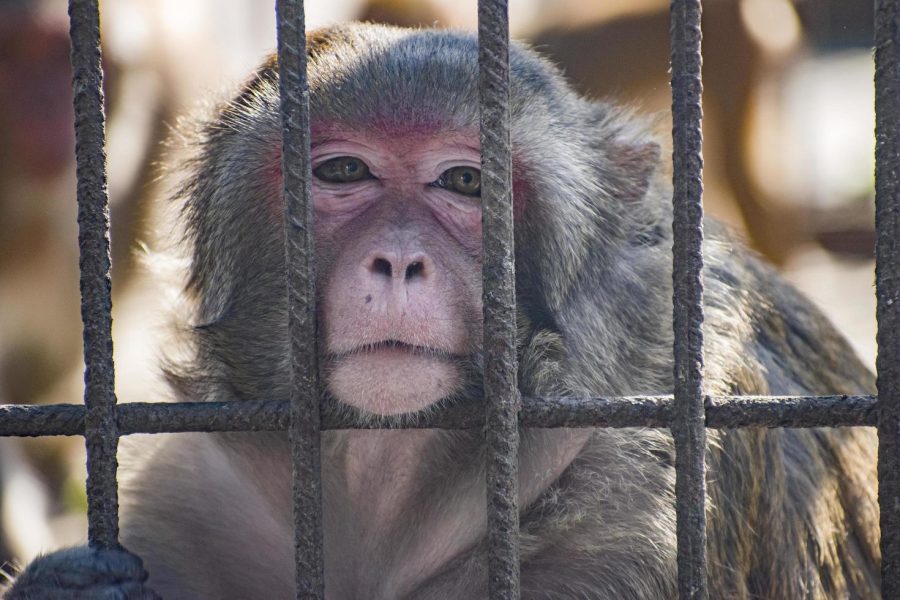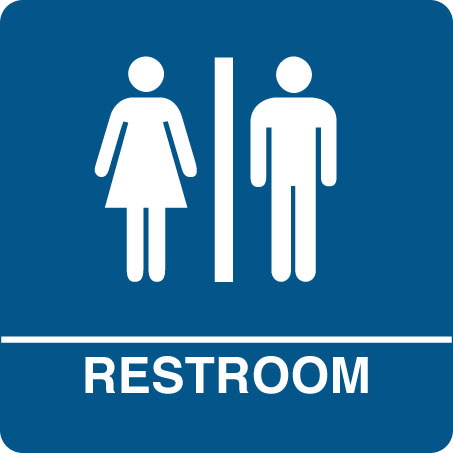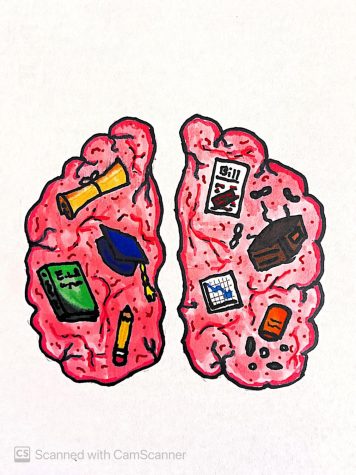Zoos extracting animals from the wild
The containment of wild animals in zoos
Zoos are often seen as unethical, even though they are a popular attraction for people of all ages. Zoos allow people to see animals that they can’t see every day. While seeing zebras, lions, monkeys, and elephants is a fun experience for people, it comes at the expense of an animal’s happiness and health. Some animals that are in zoos are taken from their families and natural homes. Most of the time it’s the babies that are taken to zoos because people enjoy seeing baby animals more than adults. These babies then have to grow up without their parents to show them their habits as they are growing up.
The animals are forced to breed in captivity, which is meant to keep visitors coming to see new baby animals. Some animals, however, refuse to breed and the zoos violate the rights of the animals to produce the young. The animals are often split up from their families when they are being held captive as well. The Pet Keen’s article “15 Disheartening Animals in Captivity Statistics to Know in 2022” said, “It’s estimated that of all animals held by the World Association of Zoos and Aquariums, 75% of them have been abused” (1). The animals in zoos are violated in whatever ways that zoos feel are needed. Most of these are unethical.
Zoos also cause a lot of damage to animals not just physically, but emotionally and mentally as well. Zoochosis is the mental illness that captive animals develop over time, in which animals do actions that are repetitive and serve no purpose. The article “In Defense of Animals” said, “Zoochosis is displayed through a wide variety of diverse stereotypical behaviors. These include, but are not limited to pacing, circling, rocking back and forth, swaying, head-bobbing, over-grooming, hair-pulling and feather-plucking, ar-biting, excessive licking, vomiting, and regurgitation, playing with excrement, eating disorders such as anorexia, addiction, and self-harm” (2).
Emily Peterson, who works as a School and Teacher Partnerships Coordinator for the Conservation Learning Department at the Denver Zoo, explained how she views Zoos. Emily said, “I do believe that some zoos are ethical. Specifically, I support the small percentage of zoos that are accredited by the Association of Zoos and Aquariums (AZA), which has the highest standards for accreditation in the country, and is dedicated to the care of individual animals and the conservation of wild species.” The AZA is a non-profit organization that focuses on making sure that zoos and aquariums are meeting safety and health requirements for the animals. Peterson also said, “I do not support organizations whose primary goals for keeping animals is for entertainment. The primary goal of most sanctuaries is to find animals in distress –whether that be in human care or in a habitat that can no longer support them, and provide an alternate, safe and comfortable place for those animals to be. The role of zoos, however, is twofold: we provide exceptional care to animals and work to prevent the extinction of at-risk species.”
Many zoos are unethical, but many also work to benefit wild animals as well. There are just under 240 organizations that are AZA accredited and the Denver Zoo, Butterfly Pavilion, and Cheyenne Mountain Zoo are three of them. There are about 10,000 zoos in the world which means that only 28% of zoos are accredited by the AZA. There is no rela way to tell if animals are being taken care of and treated right in the other 72% of zoos in the world. After learning from a first-hand view, it is clear that zoos can be good and bad depending on the way they are run. If a zoo has the right idea of wanting to save and protect animals rather than use them for entertainment, then there isn’t a problem with them.















Emily Johnson • Apr 21, 2023 at 9:29 am
Very Good! Read all of it and I loved it! Great Job!!